Frequently Asked Questions
1. What are the benefits of CNC technology in knife manufacturing?
2. What advancements have been made in blade materials for knives?
3. How does 3D printing contribute to knife manufacturing?
4. What features do smart knives offer?
5. How does laser engraving enhance knife customization?
In a world where technology continues to advance rapidly, traditional industries like knife manufacturing are also experiencing significant innovations. From hunting knives to everyday carry options, the evolution of the techniques and materials used in creating knives has transformed the landscape of this age-old craft. In this article, we will explore some of the most interesting technologies that are reshaping the knife industry, ensuring that enthusiasts and professionals alike have the best tools at their disposal.
The Shift Towards Precision Engineering
Precision engineering in knife manufacturing has made remarkable strides over the years. Utilizing Computer Numerical Control (CNC) machines, manufacturers can produce knives with unmatched accuracy. This technology allows a computer to control the machinery that shapes the blades, ensuring that each cut is exact and consistent. This shift not only improves the quality of the knives produced but also enhances production efficiency.
Benefits of CNC Technology
- Consistency: Every blade produced can be identical, reducing discrepancies seen in hand-crafted knives.
- Complex Designs: CNC machines can replicate intricate patterns and designs that would be difficult to achieve by hand.
- Reduced Waste: With precise cuts, materials are utilized more efficiently, leading to less waste during production.
As a result, hunters and outdoor enthusiasts find themselves armed with highly functional hunting knives that can withstand the rigors of nature while maintaining superior performance.
Advancements in Blade Materials
Modern advancements in materials science have also played a crucial role in knife manufacturing. Traditionally, knives were made from simple stainless steel or carbon steel. However, the advent of high-performance alloys and even ceramic options has opened up a realm of possibilities for avid knife users.
High-Performance Alloys
Materials such as D2, S30V, and VG10 stainless steel have emerged as favorites among knife manufacturers. These alloys are engineered to provide optimal hardness, edge retention, and corrosion resistance. For hunting knives, these attributes mean that the blade will maintain its sharpness longer and withstand exposure to wet weather or rugged environments.
Exotic Materials
Moreover, ceramic blades have gained popularity due to their unparalleled hardness and lightweight nature. While they may not replace metal blades for all applications, they are certainly making waves in the kitchen and everyday carry sectors.
The Role of 3D Printing in Knife Manufacturing
3D printing, or additive manufacturing, is another revolutionary technology that has made its way into the knife industry. This method allows for rapid prototyping and on-demand production, giving manufacturers the ability to test designs quickly and efficiently.
Customization and Personalization
One of the most significant advantages of 3D printing is the ability to create custom components tailored to individual needs. For example, grips and handles can be designed with unique shapes, sizes, and materials that maximize comfort and grip for the user. Hunters can now have hunting knives designed explicitly for their hand size and grip preferences, leading to a more enjoyable and effective experience.
Sustainability in Manufacturing
Additionally, 3D printing reduces material waste, making the manufacturing process more eco-friendly. This sustainable approach is vital in today’s environmentally conscious market, giving manufacturers a competitive edge while appealing to eco-conscious buyers.
The Integration of Smart Technology
Smart technology is infiltrating various aspects of our lives, and the knife industry is no exception. Innovations such as smart knives are gaining traction, offering users advanced functionalities that were once thought to be the stuff of science fiction.
Features of Smart Knives
- Built-in Sensors: Smart knives can be equipped with sensors that provide feedback on cutting performance, allowing users to optimize their technique.
- Temperature Regulation: Certain knives can monitor the temperature of the blade, preventing overheating during prolonged use.
- Tracking Capabilities: Some models even have GPS tracking, making them incredibly useful for outdoor enthusiasts who need to ensure they don’t lose their essential gear.
With such features, hunting knives can become not just tools but integrated components of a larger outdoor experience, helping users make more informed decisions about their equipment and techniques.
Quality Control Through Advanced Testing Methods
As technologies evolve, so too do methods of testing and quality control. Manufacturers are now utilizing optical inspection systems and automated testing processes to guarantee that every hunting knife meets the highest standards before it reaches the consumer.
Automated Testing Systems
Automated testing ensures that every aspect of the knife—from sharpness to structural integrity—is measured accurately. This comprehensive approach to quality control helps instill confidence in the products being offered to customers, giving them peace of mind when selecting their hunting knives.
Laser Technology in Customization
Another technological advancement that has significantly impacted knife manufacturing is laser engraving and cutting. This technology enables manufacturers to create precise and intricate designs on the blades, bolsters, and handles, adding a personalized touch to each knife.
The Advantages of Laser Engraving
- Precision: Laser engraving can create fine designs that are impossible to achieve through traditional engraving methods.
- Durability: Laser engravings are less likely to wear off over time compared to other methods, ensuring that the design lasts throughout the knife's life.
- Speed: The use of lasers significantly reduces the time required for customization, allowing manufacturers to deliver products more quickly.
The ability to personalize hunting knives not only enhances the user experience but also makes for unique gifts, providing the perfect present for outdoor enthusiasts in your life.
Robotics and Automation in Production
Robotics are transforming various manufacturing industries, and the world of knives is no different. Automated machines are now handling repetitive and dangerous tasks, freeing skilled artisans to focus on the more intricate and creative aspects of knife-making.
Increased Safety and Efficiency
By leveraging robotics for tasks such as grinding and polishing, manufacturers can reduce the risk of injury while improving production efficiency. This not only leads to better products but also enhances overall workplace safety, which is a paramount concern in any manufacturing setting.
Meeting Growing Demand
As hunting and outdoor activities continue to surge in popularity, the demand for high-quality knives has never been higher. Automation allows manufacturers to keep pace with this growing demand while maintaining quality and safety standards.
Maintaining Craftsmanship in a Tech-Driven World
Despite all the technological advancements in knife manufacturing, the importance of skilled craftsmanship cannot be overlooked. Many manufacturers strive for a balance between innovative techniques and traditional craftsmanship, ensuring that their knives retain a human touch.
The Perfect Marriage of Tradition and Innovation
Skilled artisans are still fundamental in creating hunting knives, especially in customizing or hand-finishing specific designs. The blend of traditional skills with advanced technologies results in high-quality knives that provide both function and aesthetic appeal.
Embracing the Future: Knife Innovation
Knife manufacturing is undeniably on the brink of a revolution driven by innovative technologies. From precision engineering to smart technology integration, the industry continues to evolve, offering consumers the best knives suited for their needs. Manufacturing processes are more efficient, materials are more advanced, and the potential for personalization has never been greater.
As outdoor enthusiasts look for the best hunting knives, they can now find tools that are not only functional and reliable but also a product of creativity and technology working hand in hand. Investing in these innovative knives means investing in a future that values both tradition and advancement.
Explore the remarkable world of blade innovations and discover how these technologies are reshaping the knife-making industry today. Embrace the evolution of craftsmanship and choose a hunting knife that embodies the perfect balance of technology and tradition!
Take a moment to explore another user's Shopify or Wix store. Visit their store through this link. Please be aware that this is a promotional link, and we cannot be held responsible for the content of the linked store.






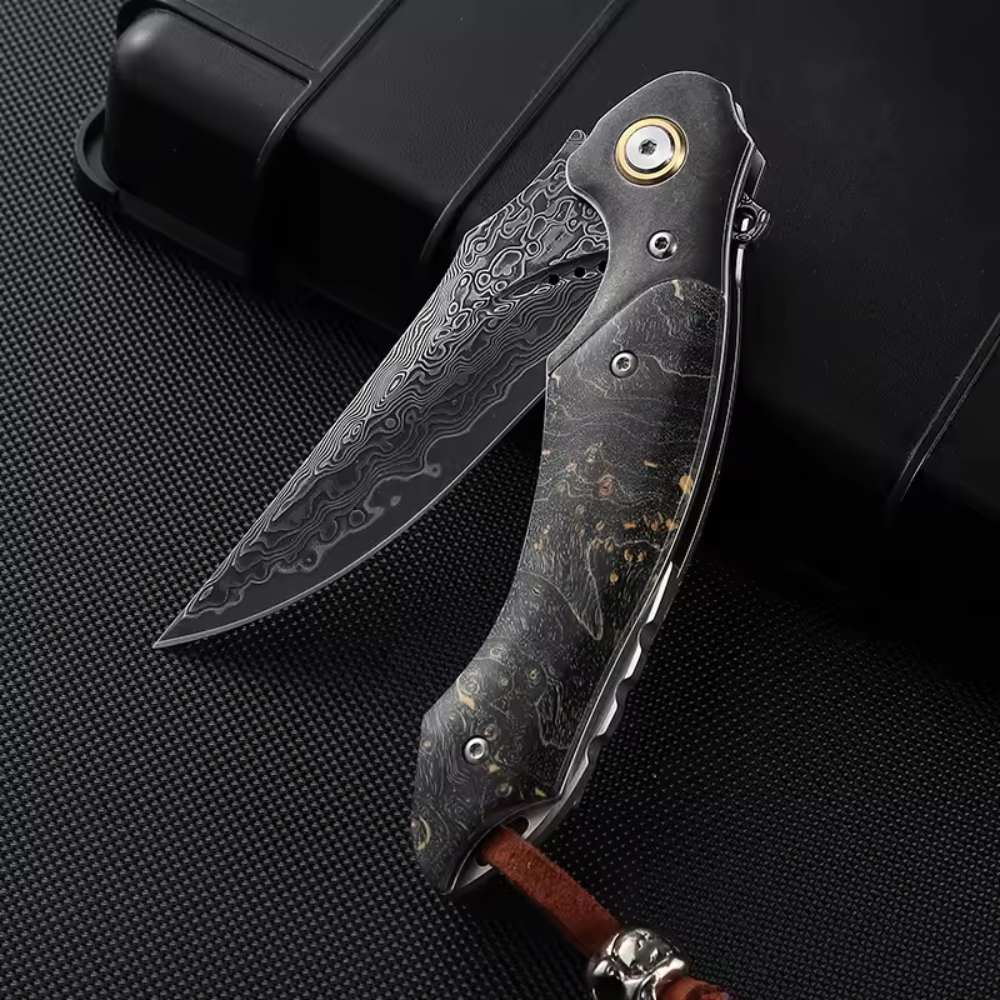
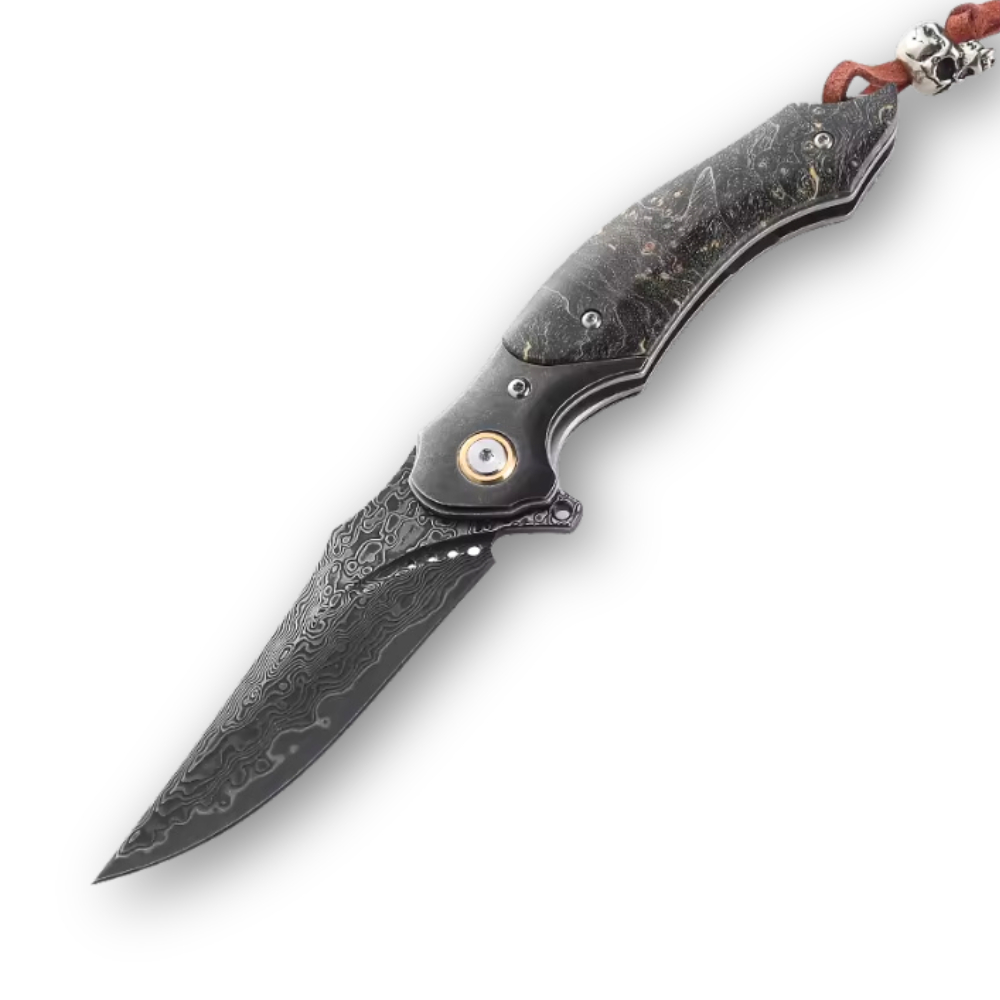
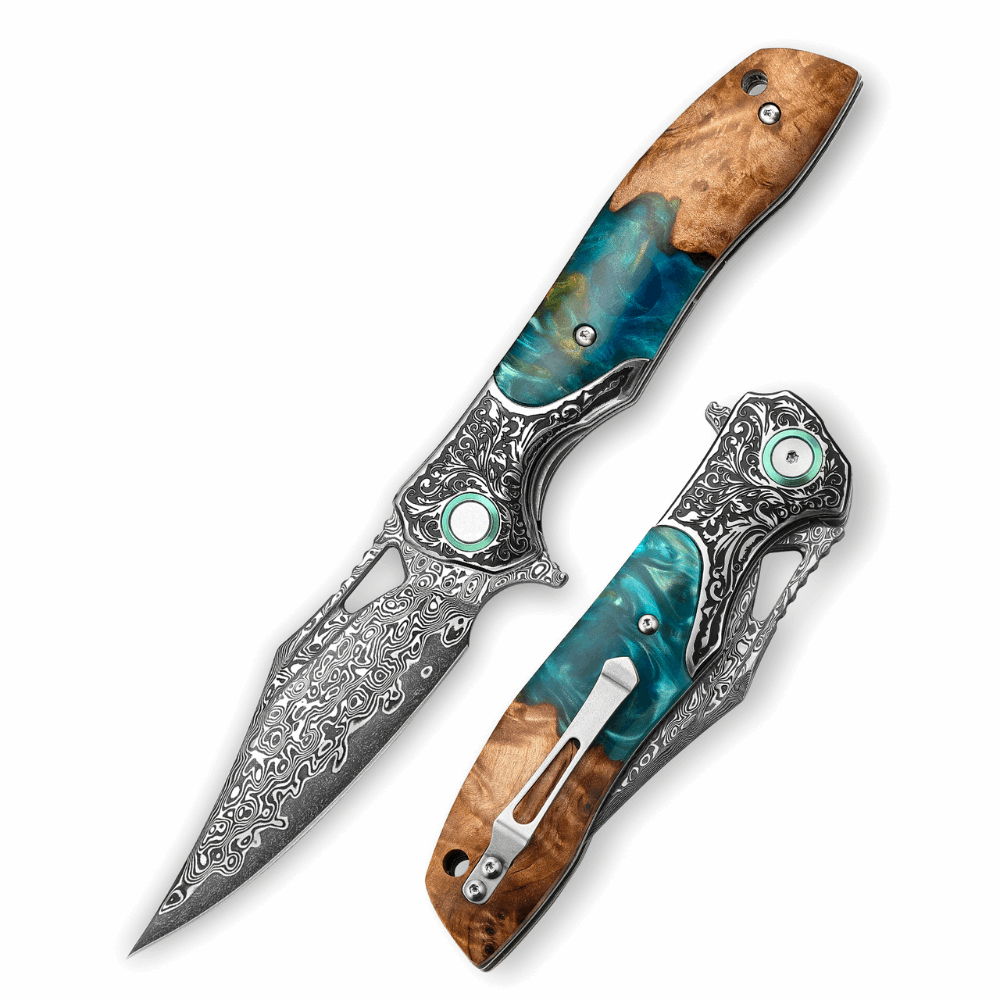
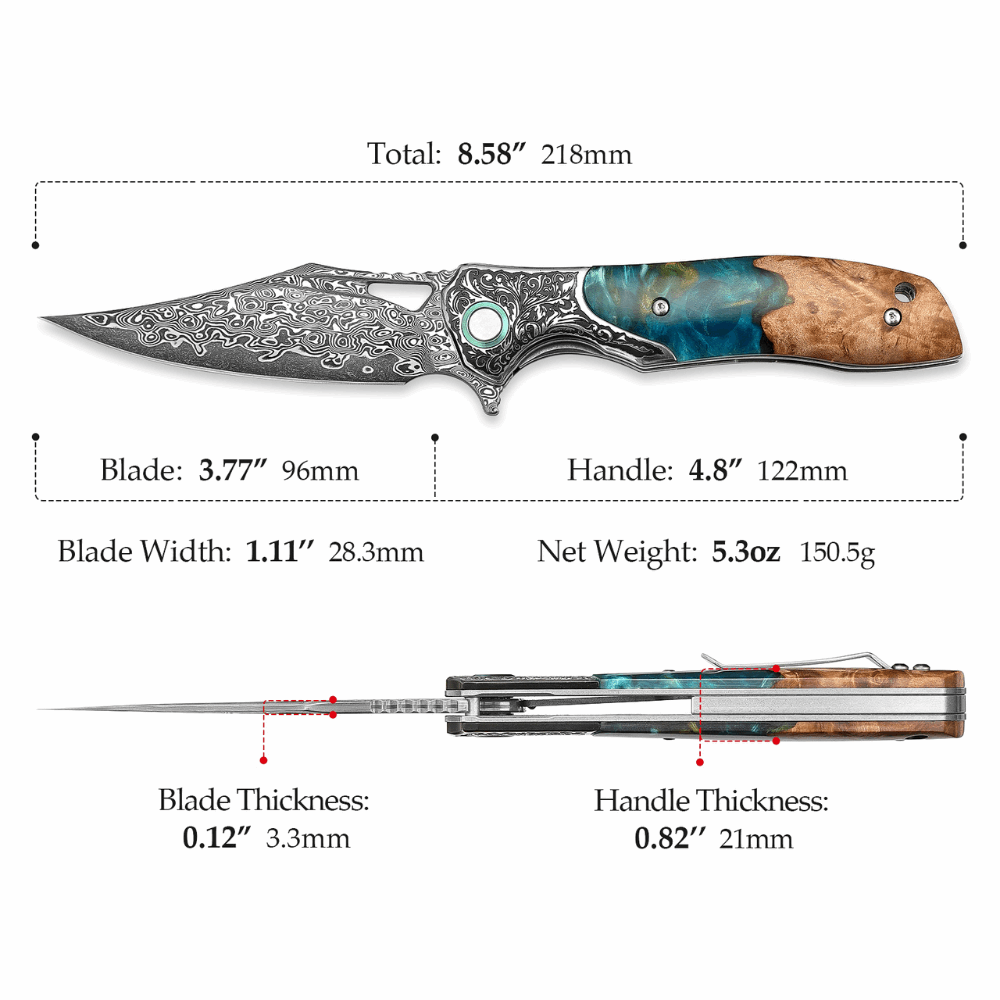
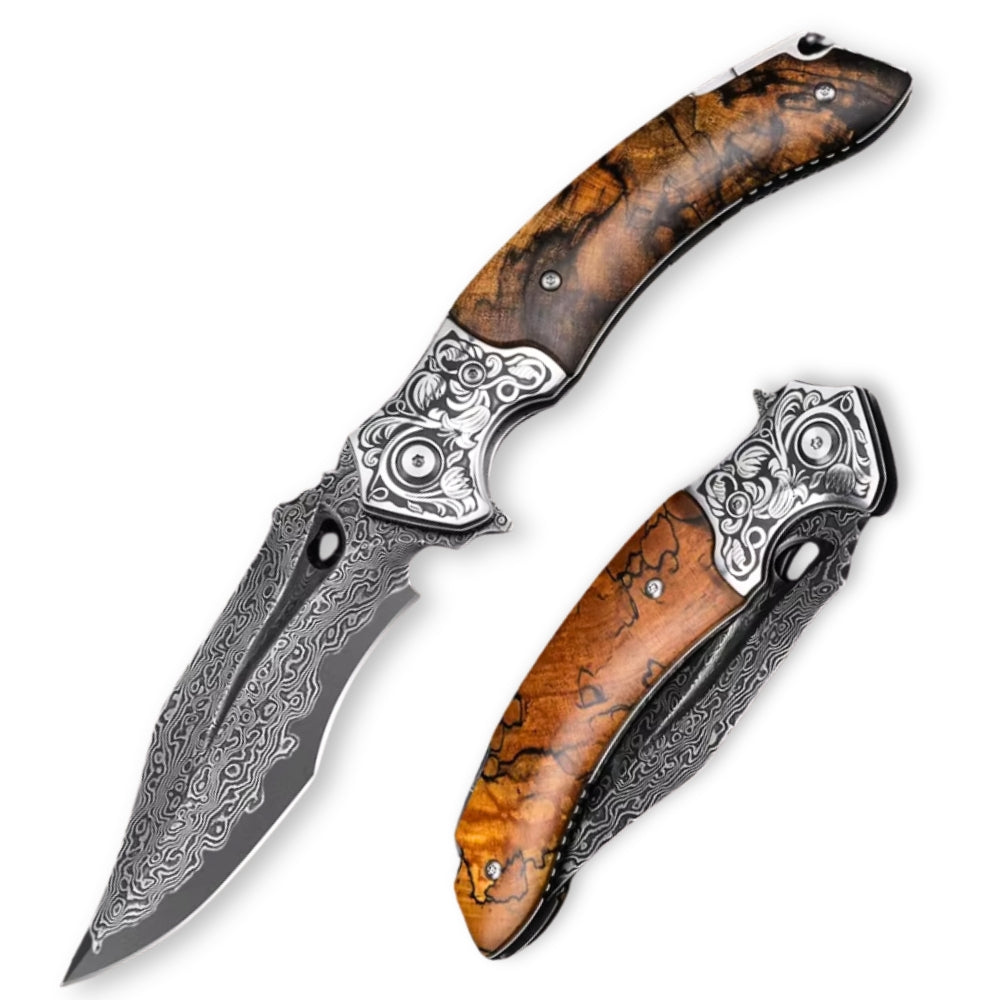
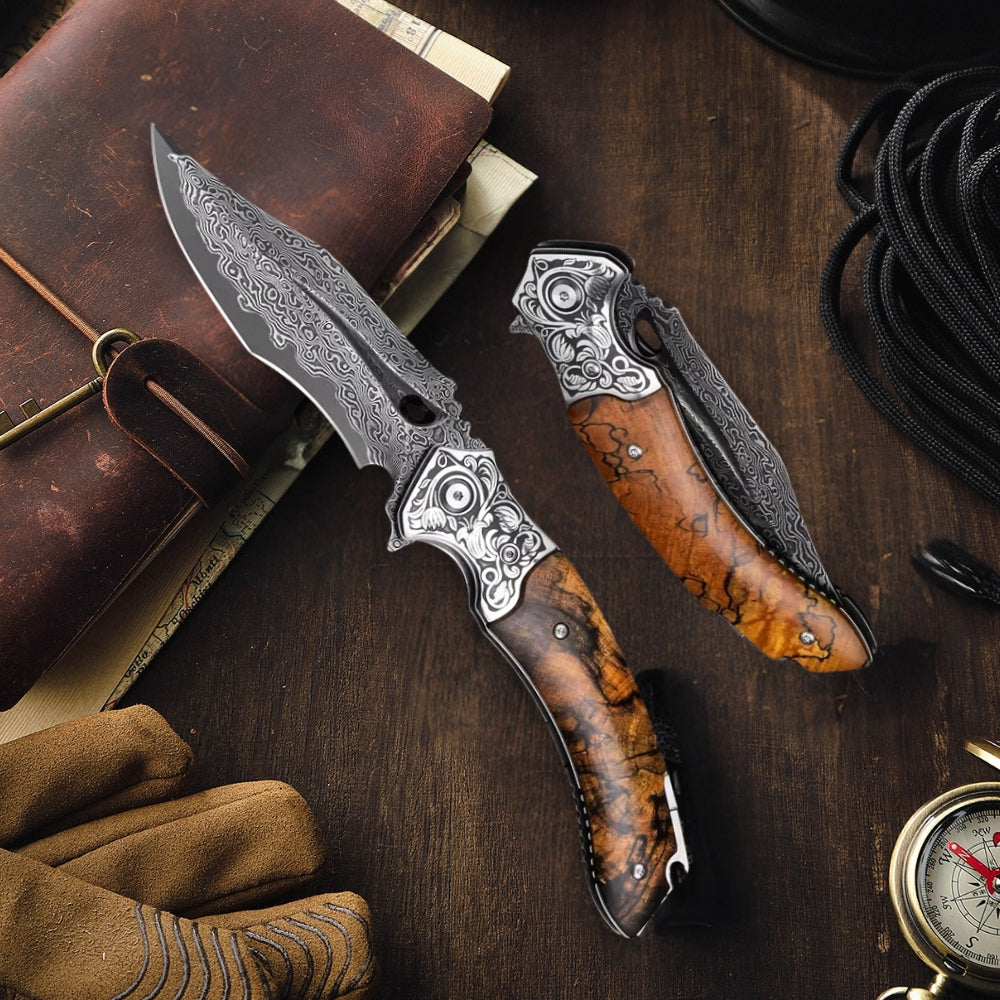
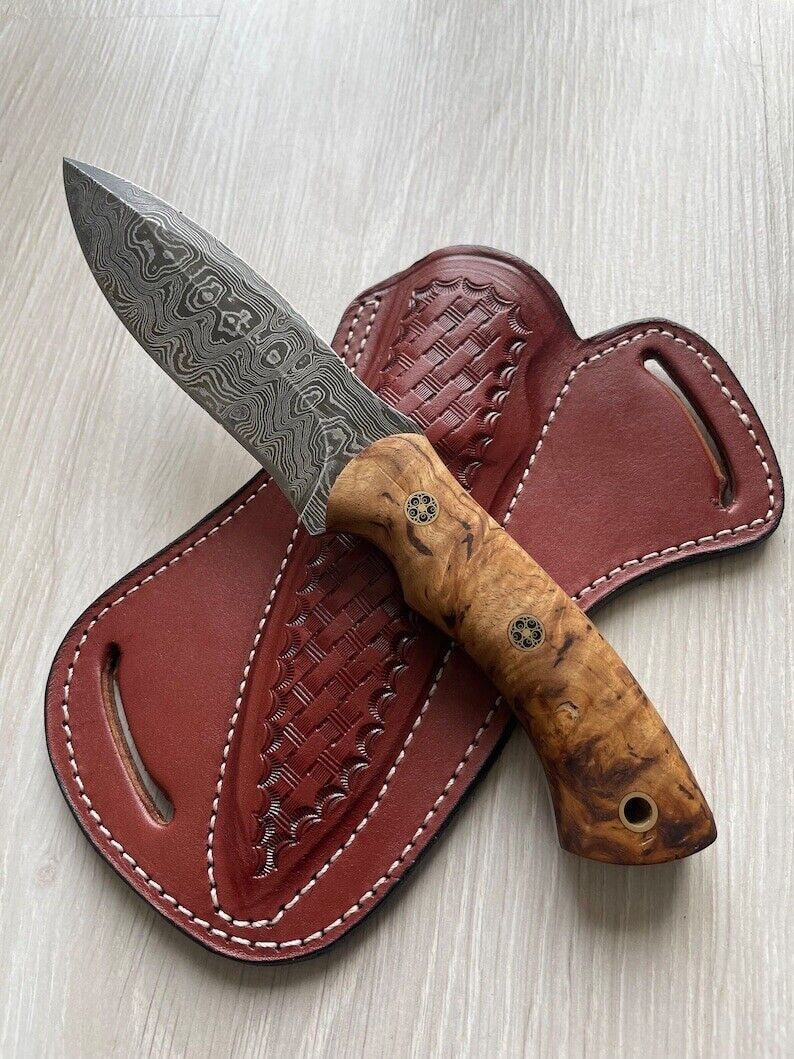
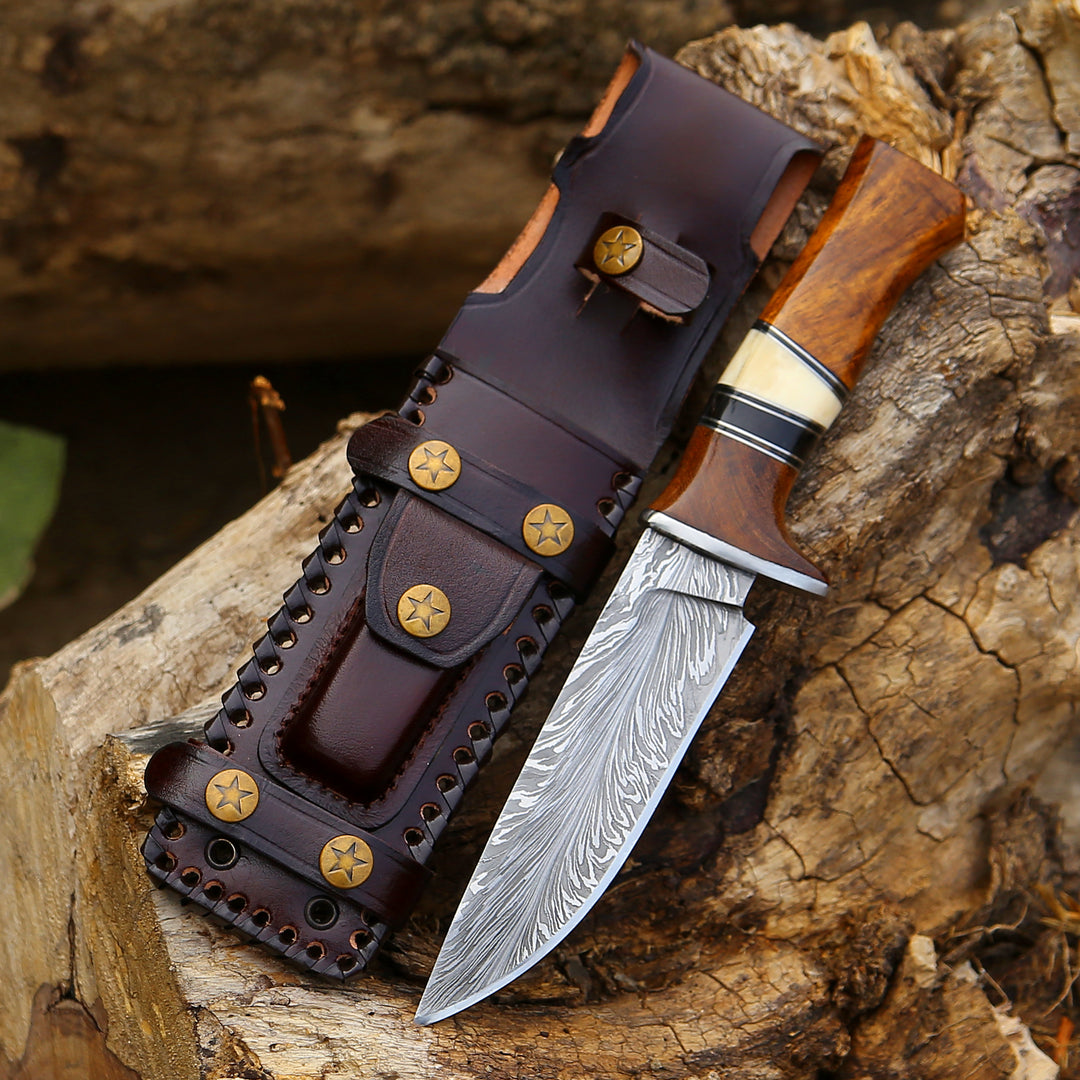
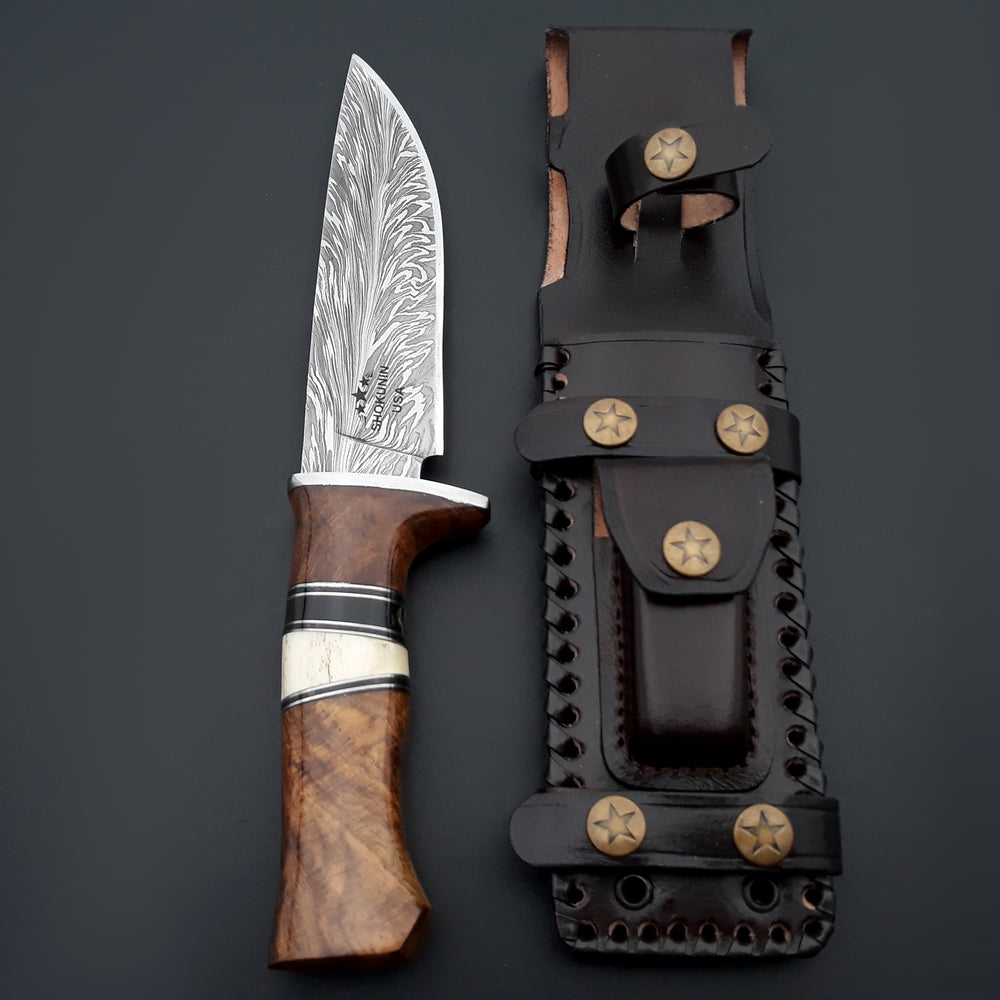
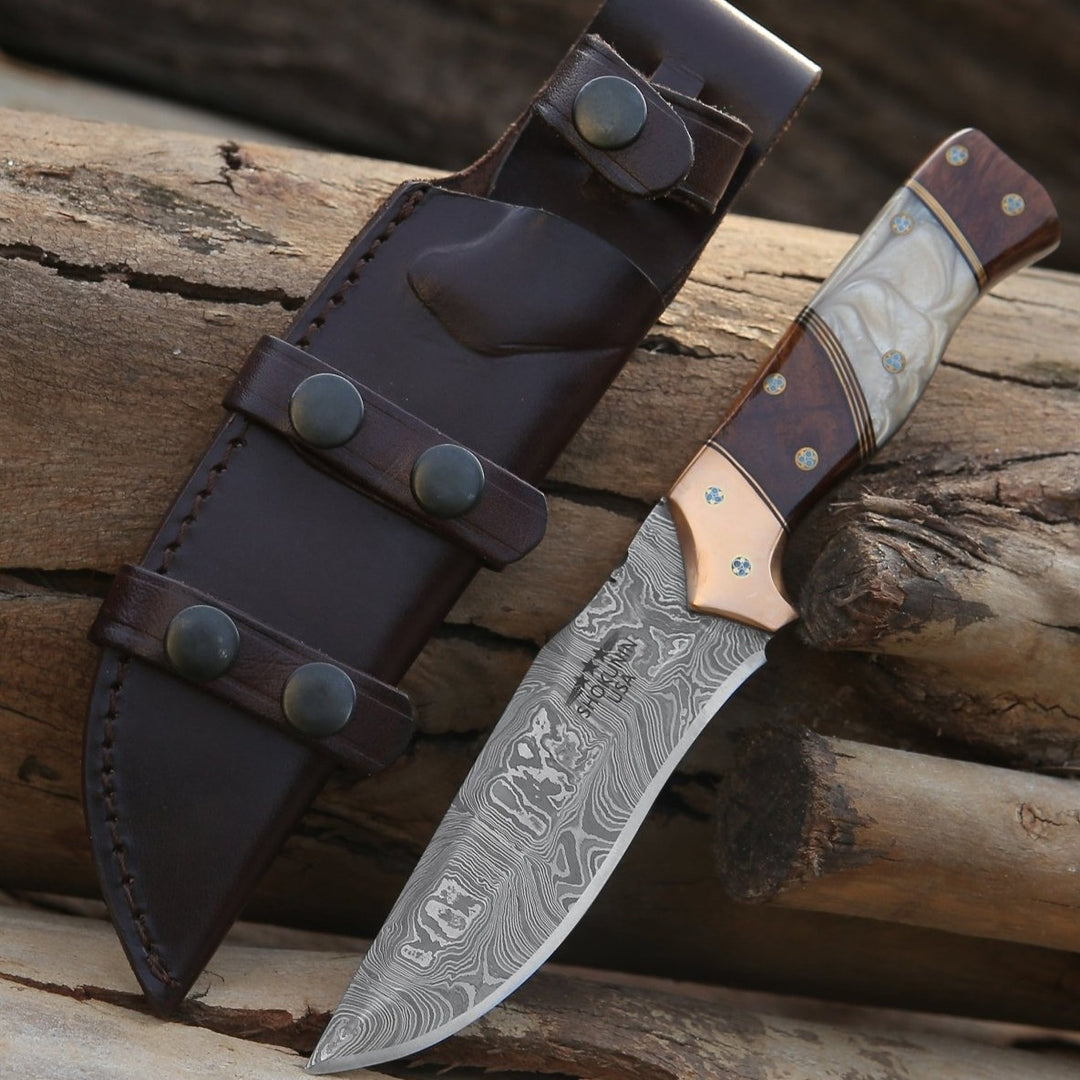
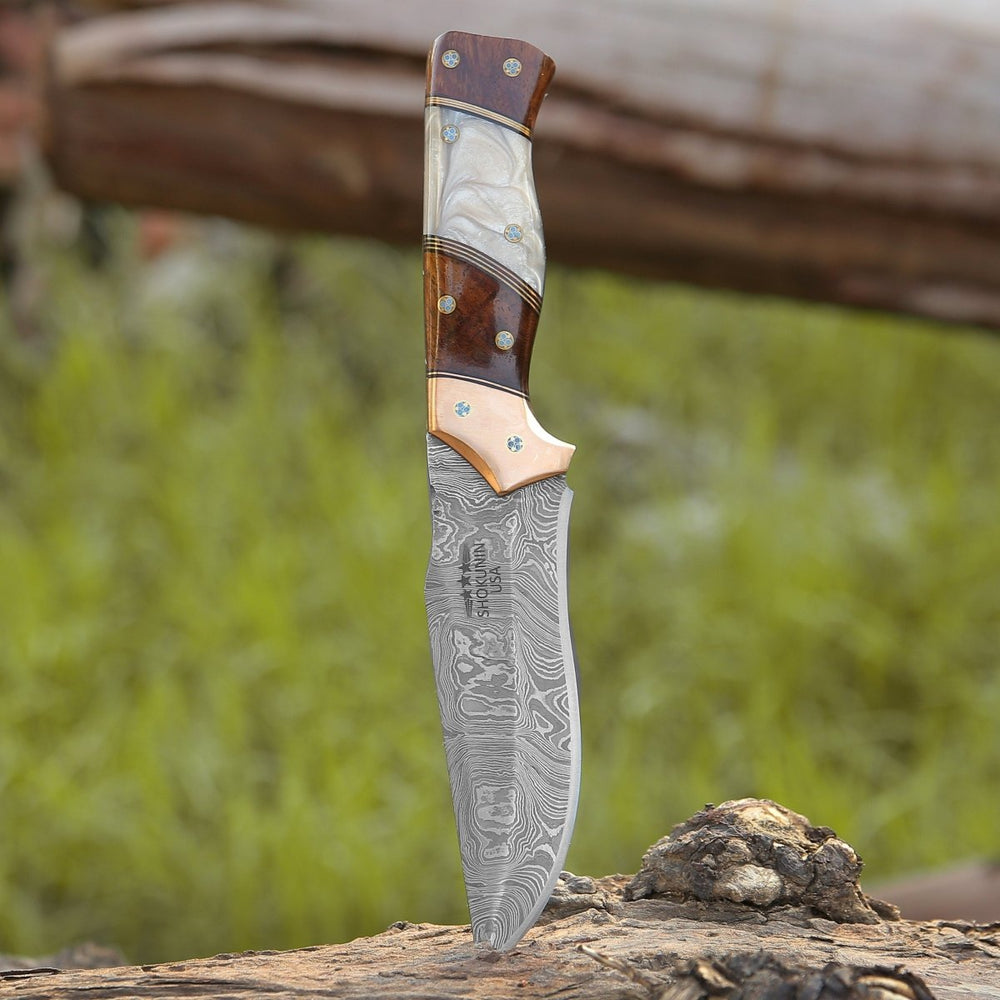
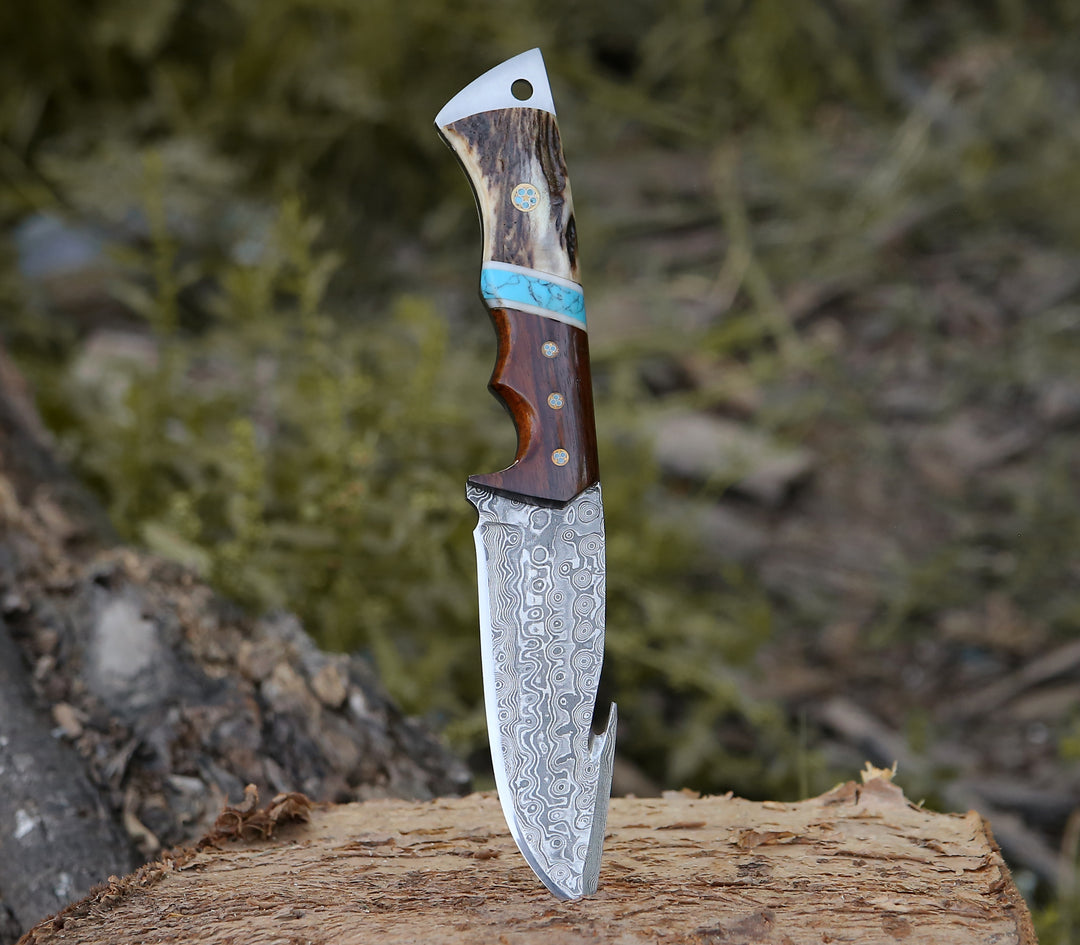
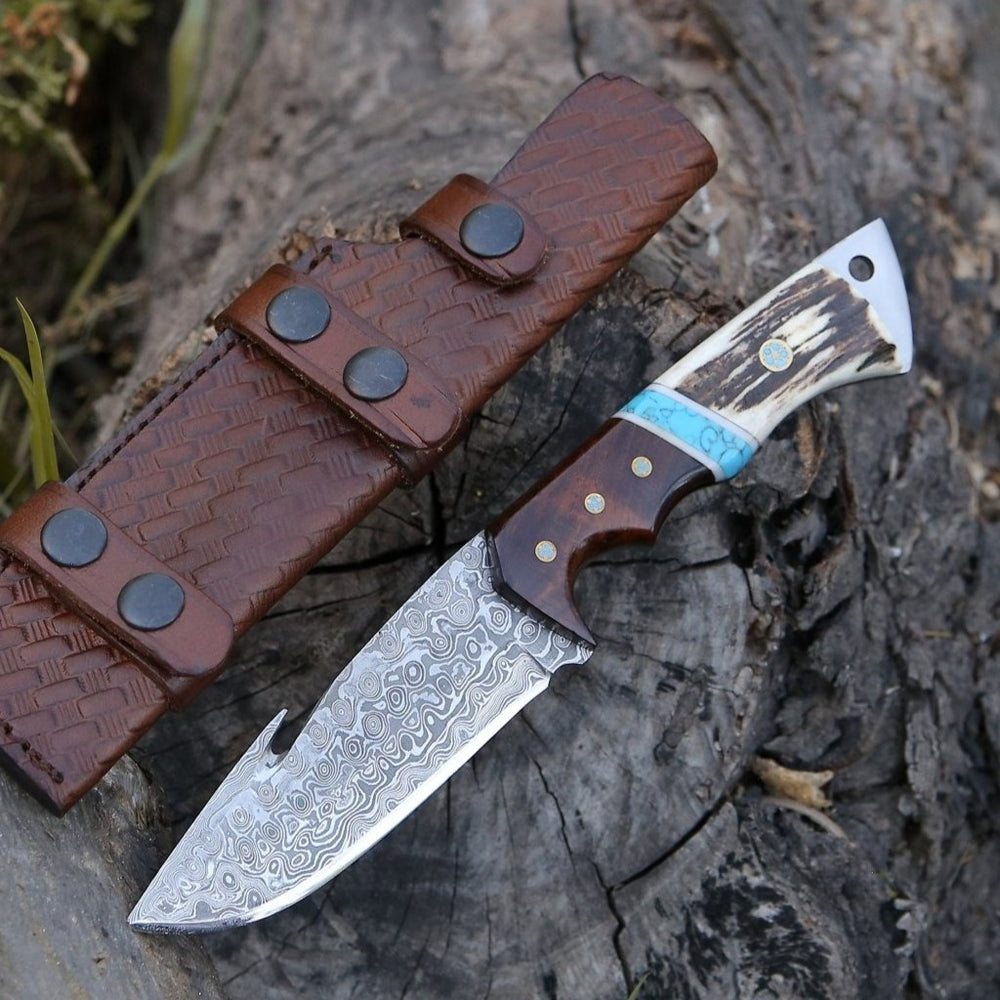
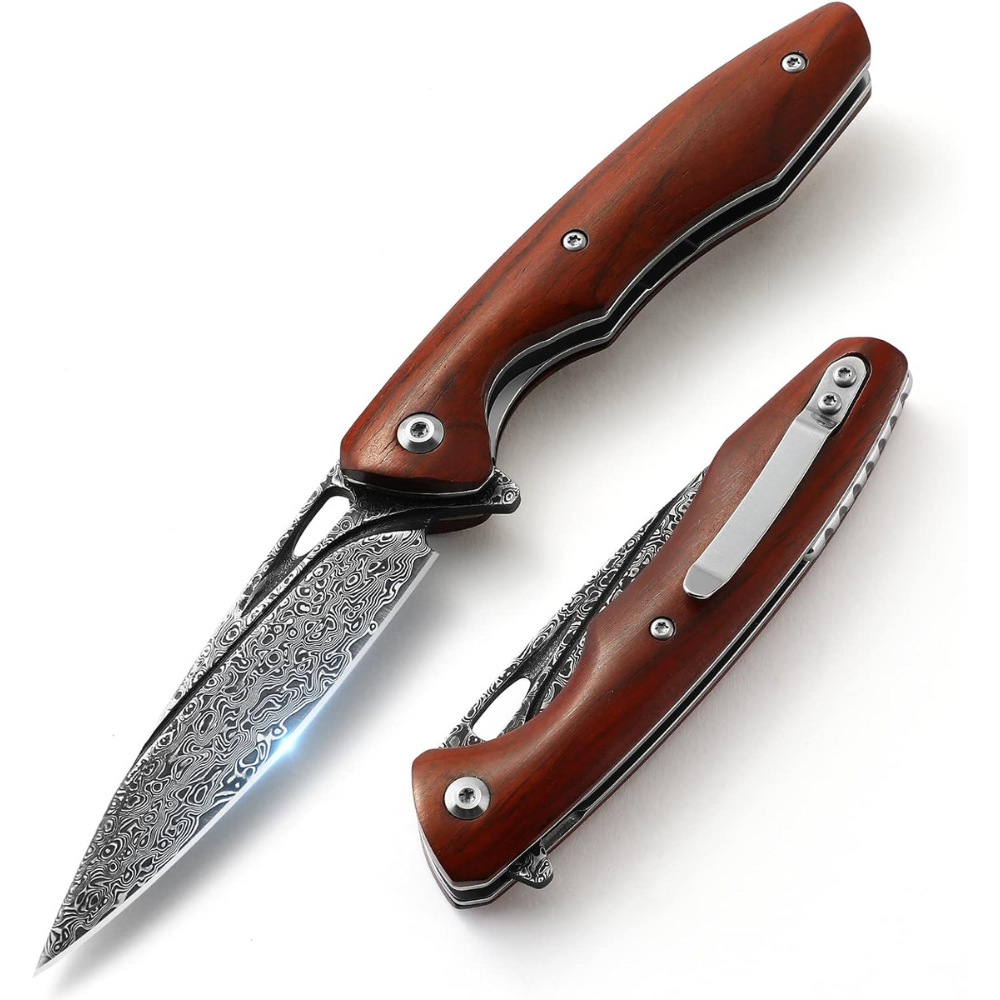
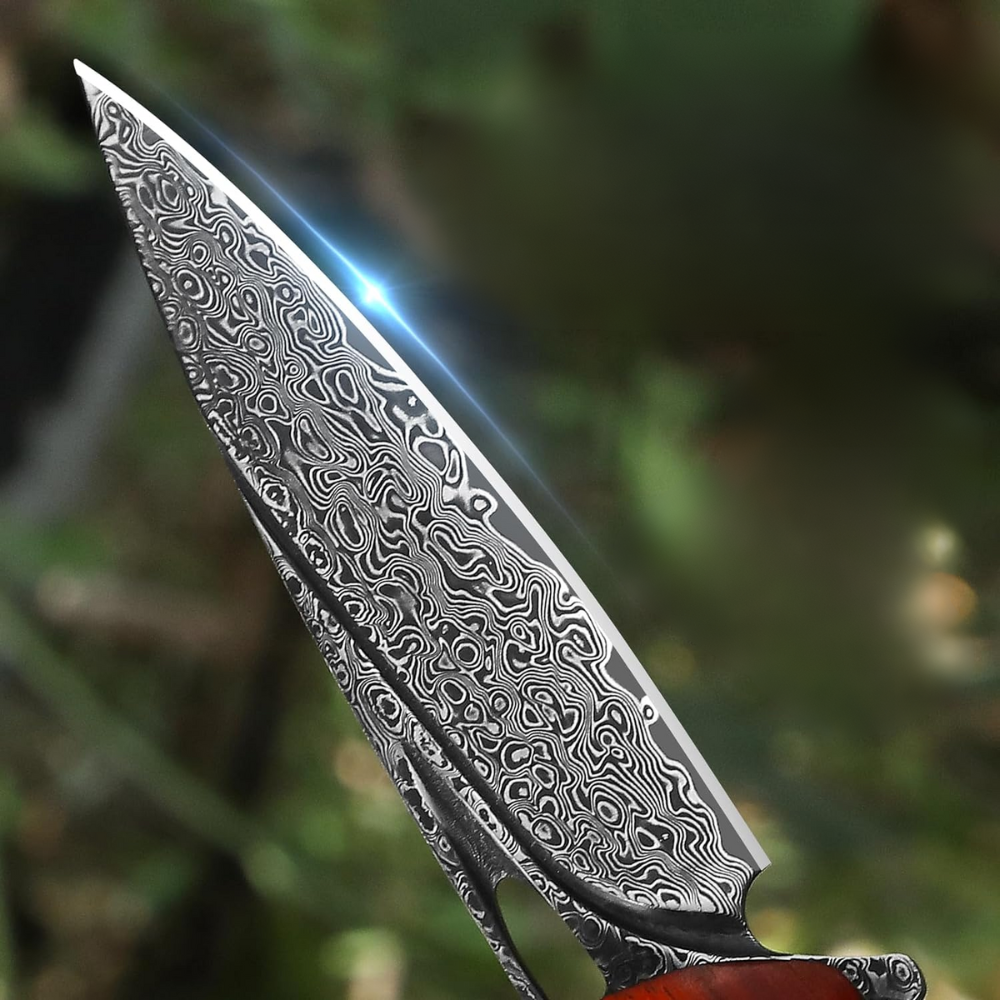
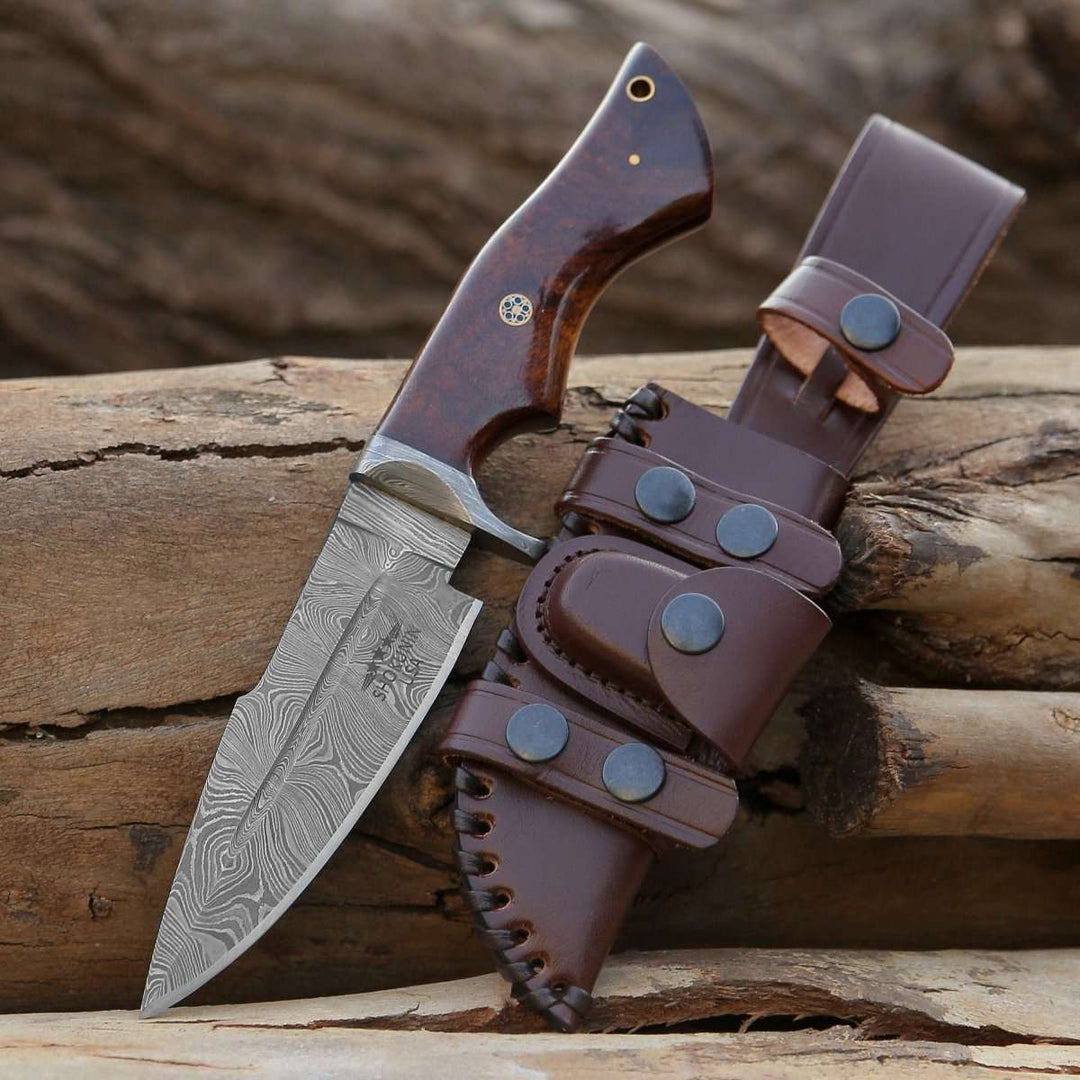
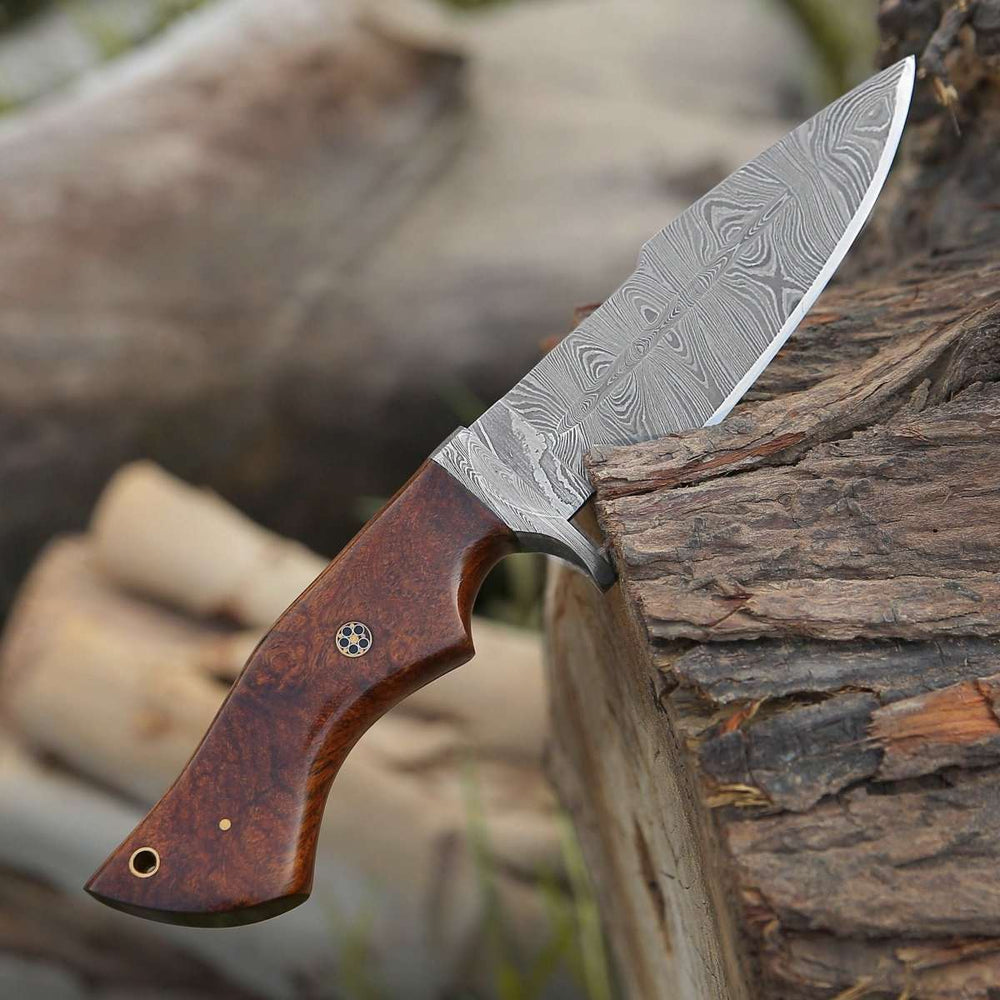
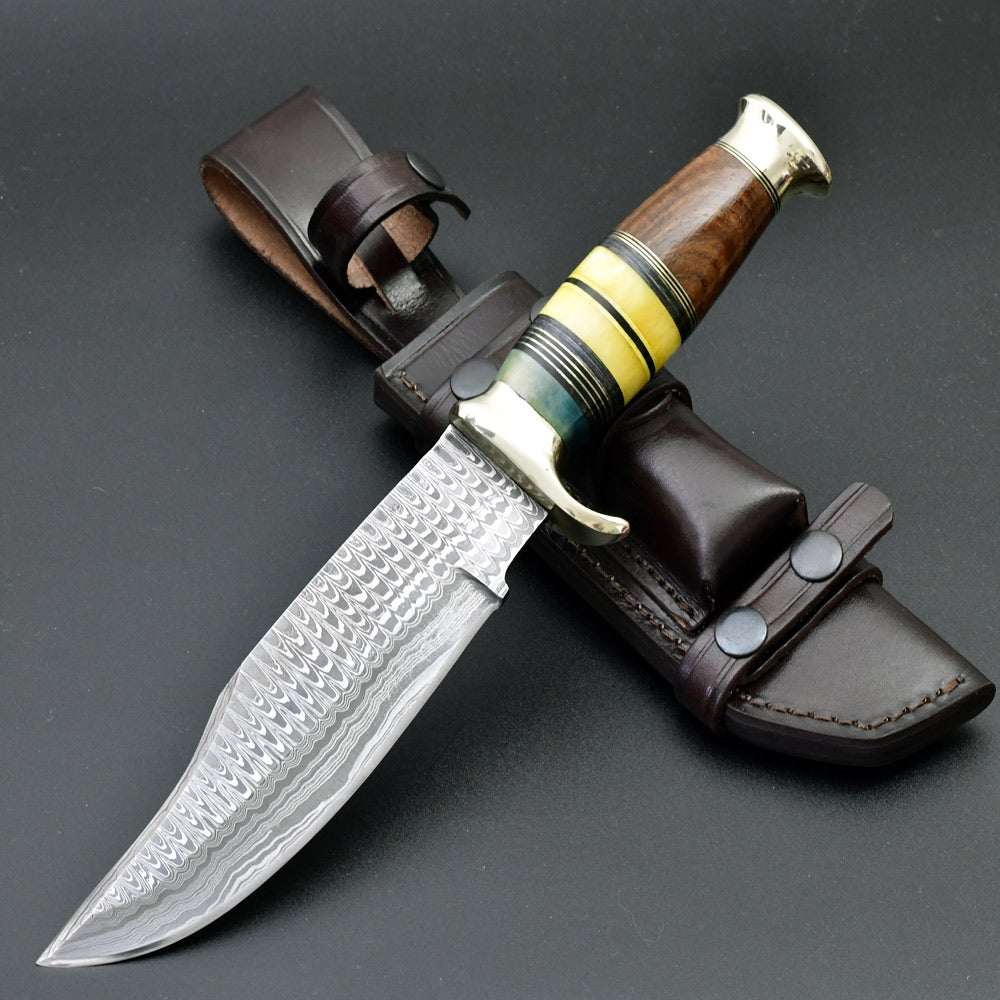
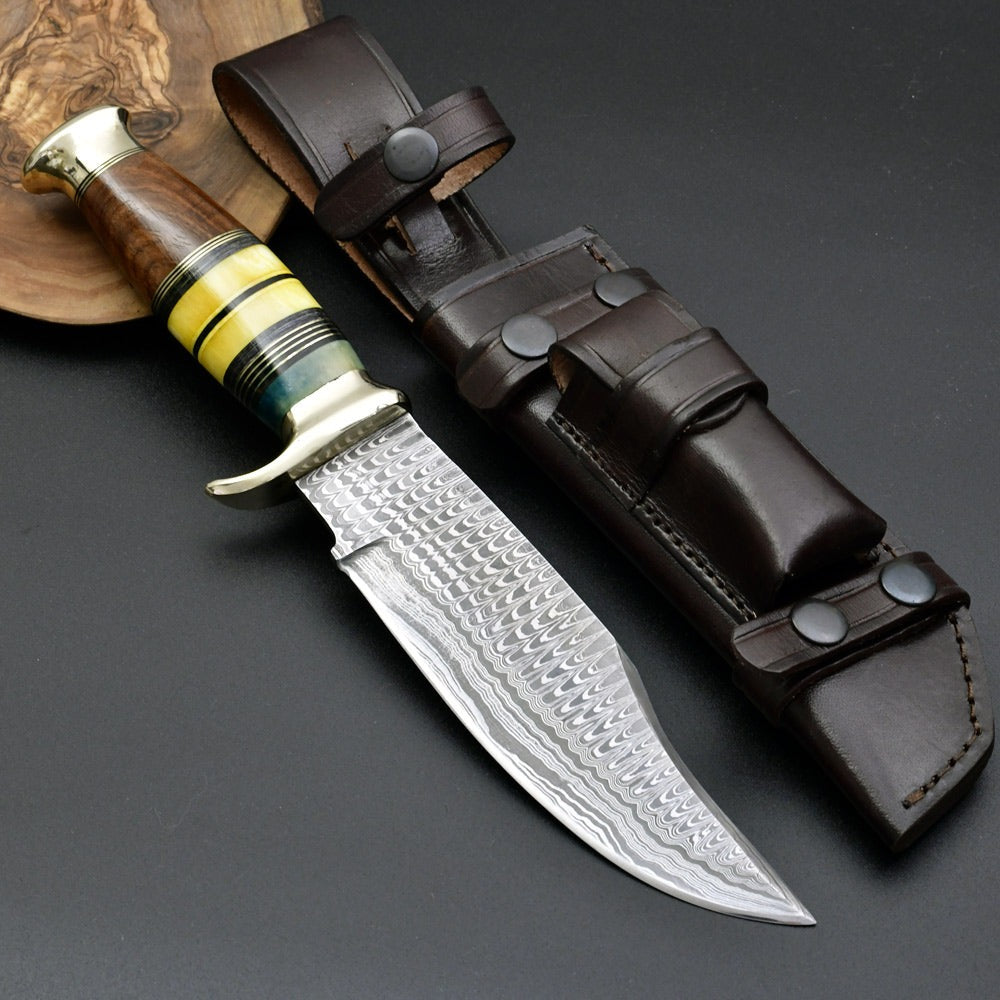
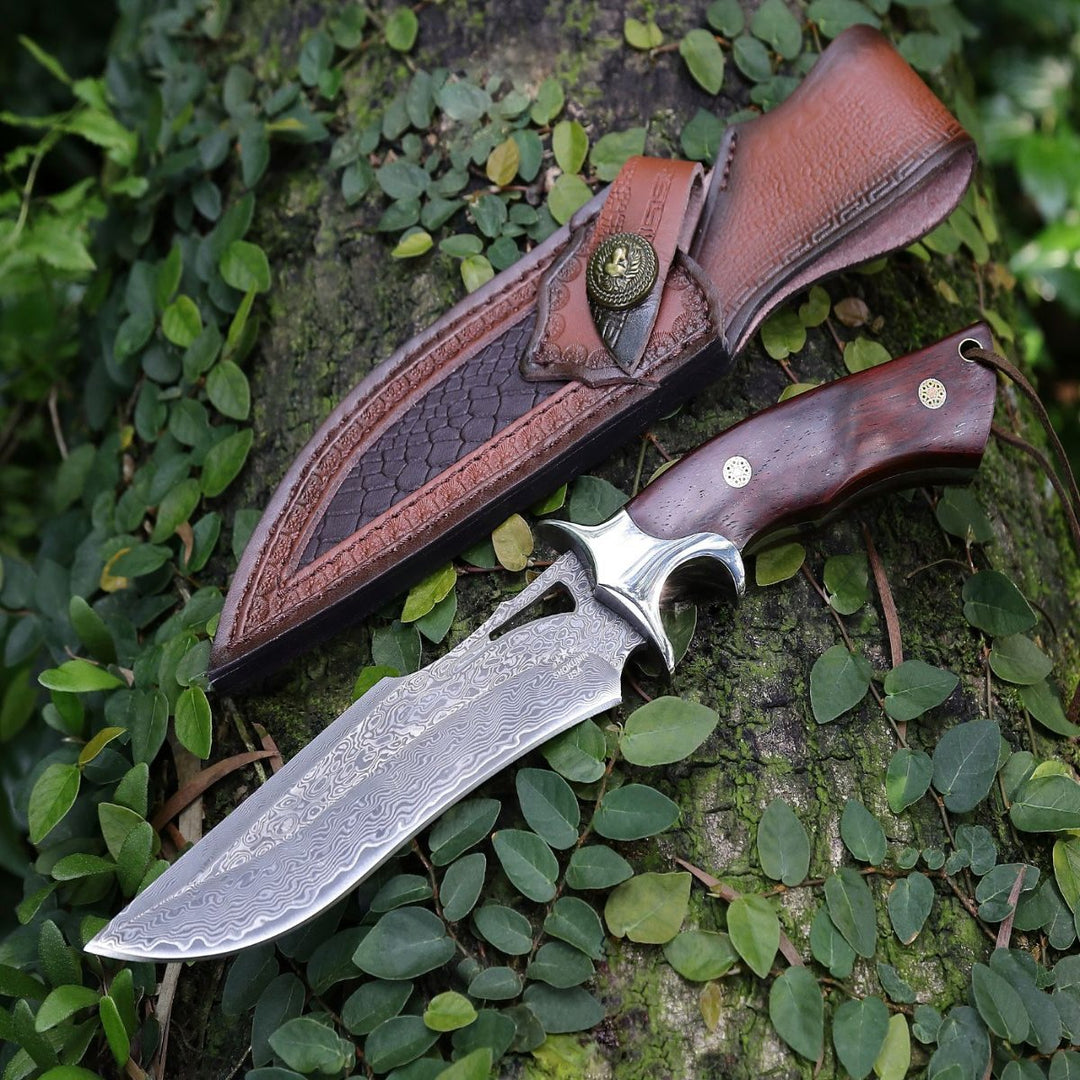
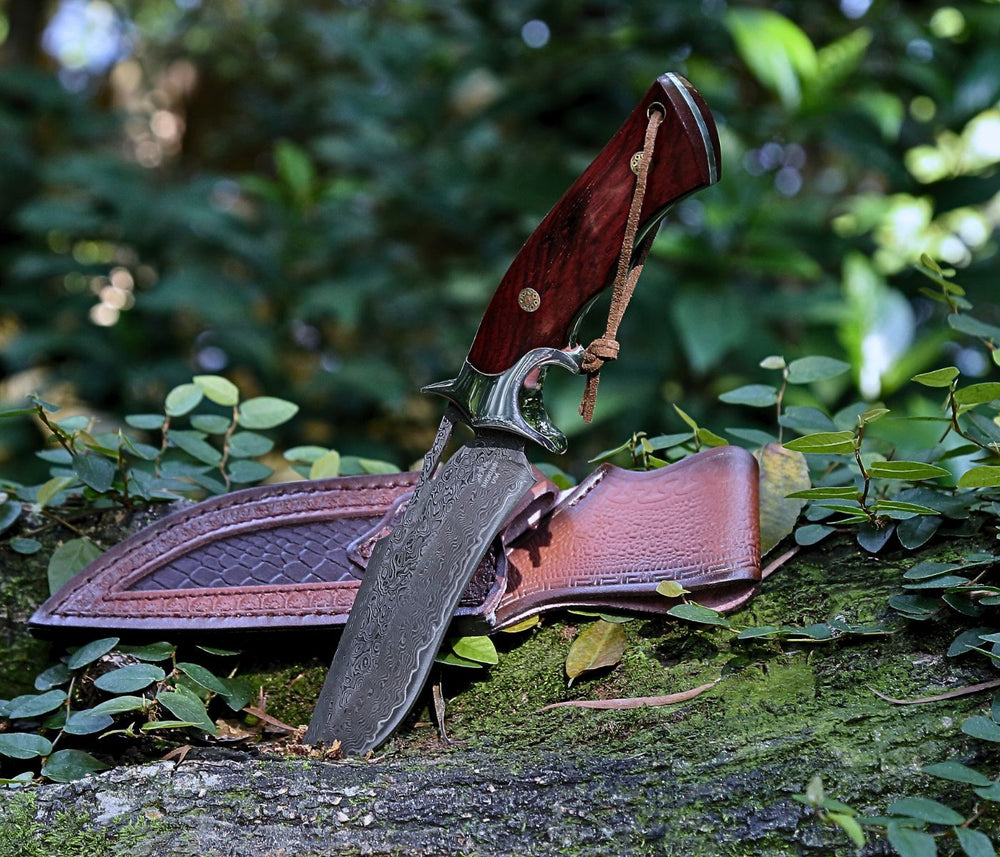
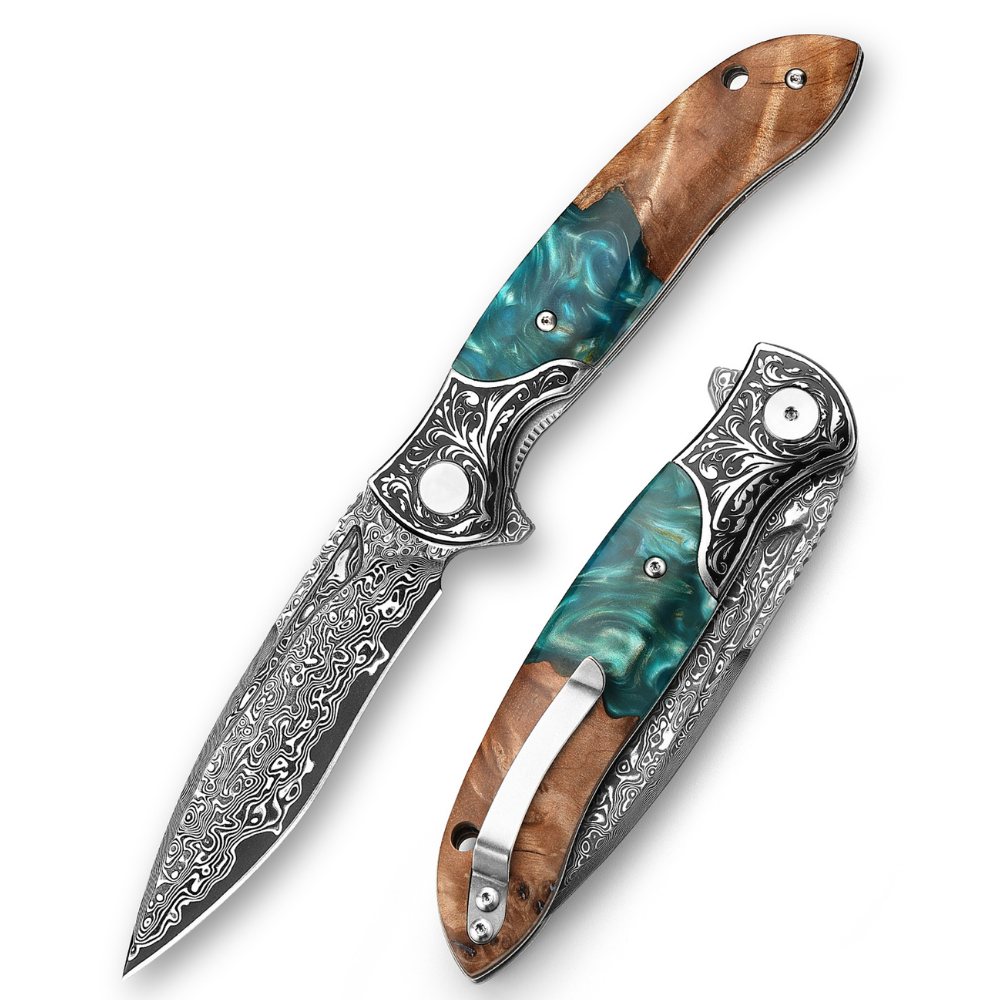
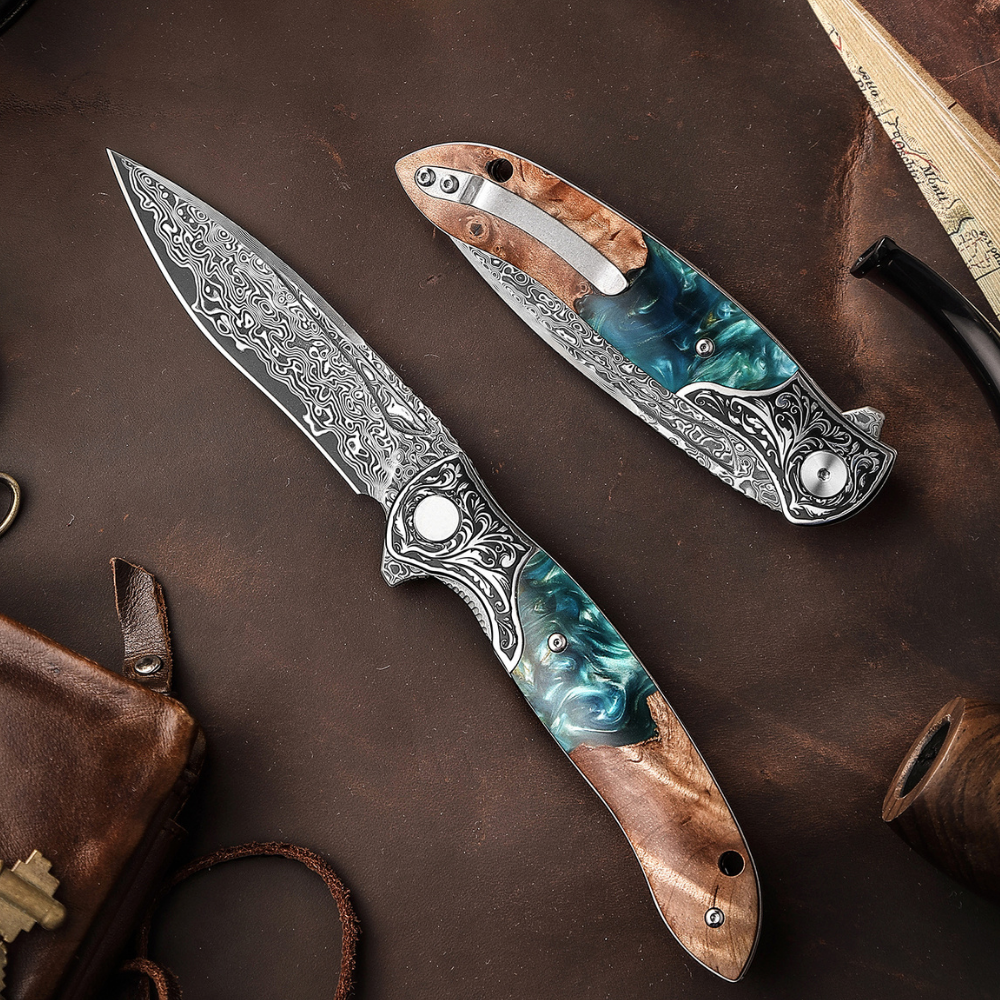
Leave a comment